10 Best Herbal Essential Oils For Nail Fungus
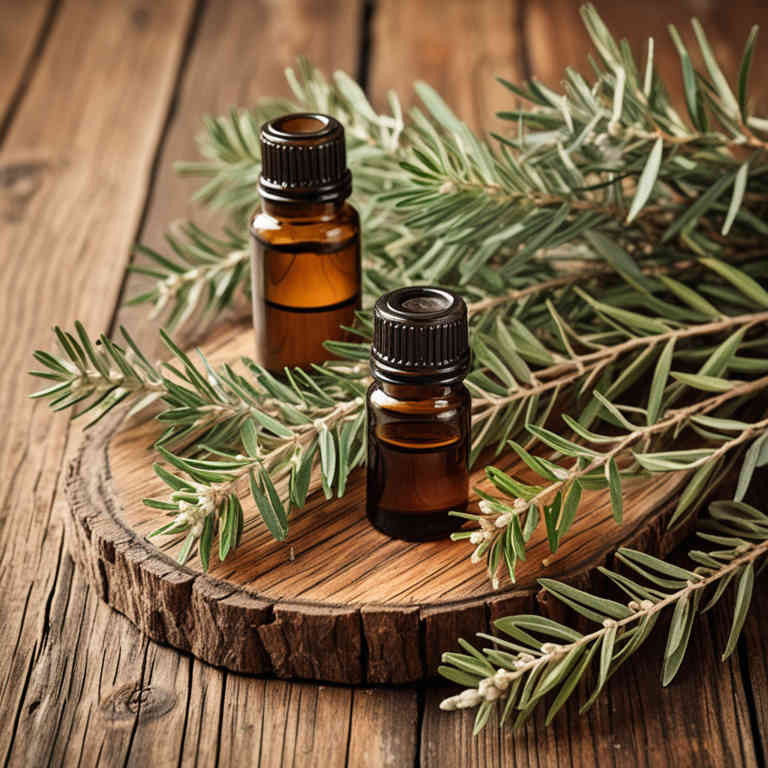
Herbal essential oils have gained popularity as natural remedies for nail fungus due to their antifungal and antimicrobial properties.
Oils such as tea tree, lavender, and oregano are commonly used because they contain compounds that can inhibit the growth of fungi. These essential oils can be applied directly to the affected nails or diluted in a carrier oil for safer use. Many people find them effective when used consistently as part of a holistic treatment plan.
However, it's important to consult a healthcare professional before relying solely on essential oils for persistent or severe nail fungal infections.
FREE Herb Drying Checklist
How to make sure every batch retains maximum flavor, color, and aroma without the risk of mold or over-drying. Eliminate guesswork and trial-and-error, making herb drying faster, easier, and more efficient every time.
Table of Contents
1. Eucalyptus globulus
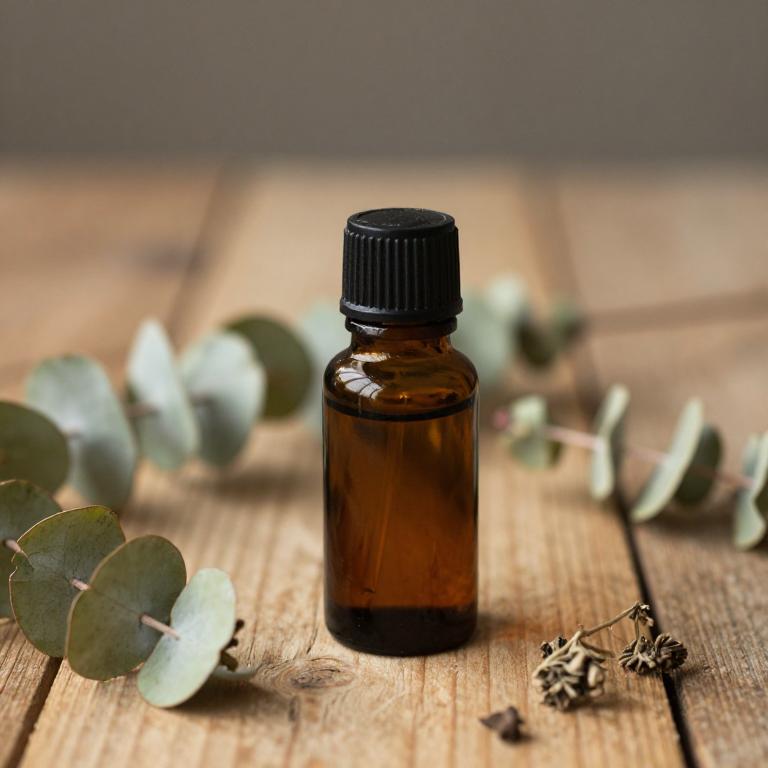
Eucalyptus globulus, commonly known as Australian eucalyptus, is a popular herbal essential oil that has been explored for its potential benefits in treating nail fungus.
The oil contains compounds like cineole and terpinene, which exhibit antimicrobial and antifungal properties, making it a natural alternative for fungal infections. When used in diluted form, eucalyptus globulus essential oil can be applied topically to the affected nails to help reduce fungal growth and promote healing. However, it is important to dilute the oil with a carrier oil to avoid skin irritation and ensure safe application.
While some studies suggest its efficacy, more research is needed to fully understand its effectiveness in treating nail fungus compared to conventional antifungal treatments.
2. Lavandula angustifolia
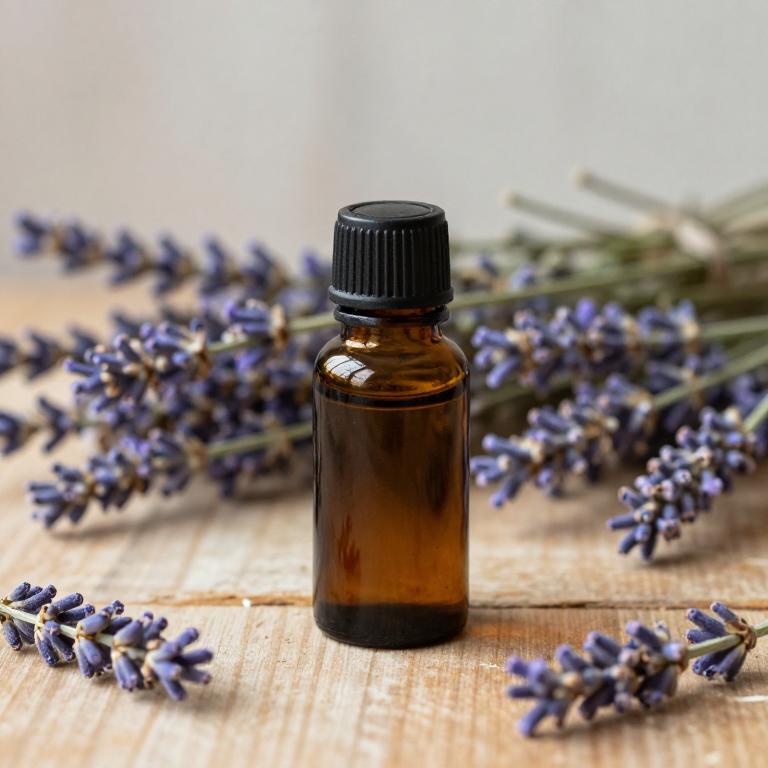
Lavandula angustifolia, commonly known as English lavender, is a popular herb used in essential oils for its soothing and antifungal properties.
The essential oil derived from this plant contains compounds like linalool and lavandine, which have been shown to inhibit the growth of fungi, including those that cause nail infections. Due to its natural antifungal and antimicrobial effects, lavender essential oil is often used in topical treatments for nail fungus as a complementary therapy. When diluted properly, it can be applied directly to affected nails or incorporated into nail care products to help reduce fungal infections.
However, it is important to consult a healthcare professional before using essential oils, especially for persistent or severe cases of nail fungus.
3. Cinnamomum zeylanicum
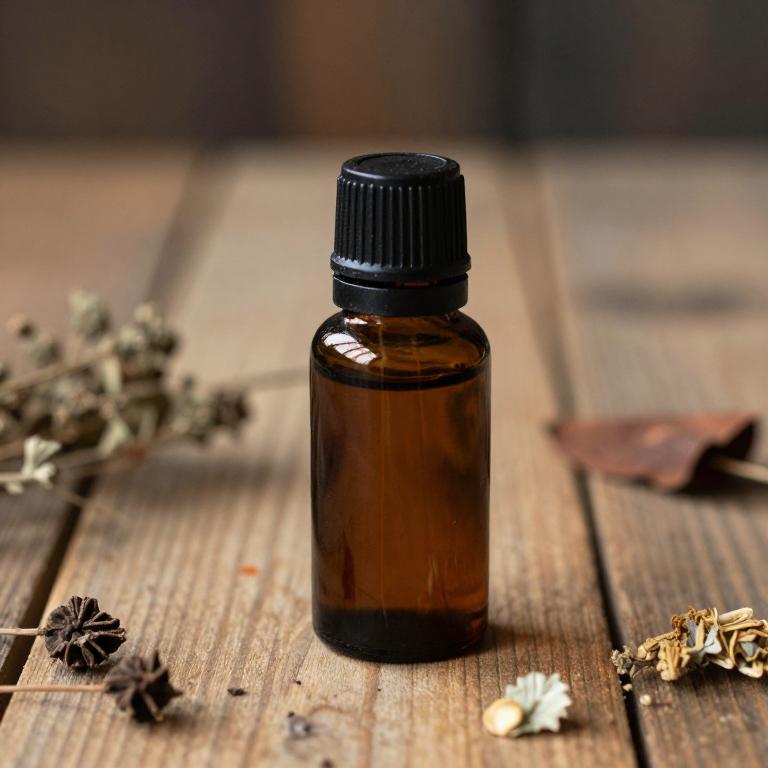
Cinnamomum zeylanicum, commonly known as cinnamon, produces essential oils that have been explored for their potential in treating nail fungus due to their antimicrobial and antifungal properties.
These oils contain compounds like cinnamaldehyde and eugenol, which exhibit strong inhibitory effects against fungal growth, including common pathogens like Trichophyton species. When applied topically, cinnamon essential oil may help reduce the infection and promote the regeneration of healthy nail tissue. However, it is important to dilute the oil properly before use to avoid skin irritation and ensure safe application.
While some preliminary studies show promise, more clinical research is needed to confirm its effectiveness as a standalone treatment for nail fungus.
4. Melaleuca alternifolia
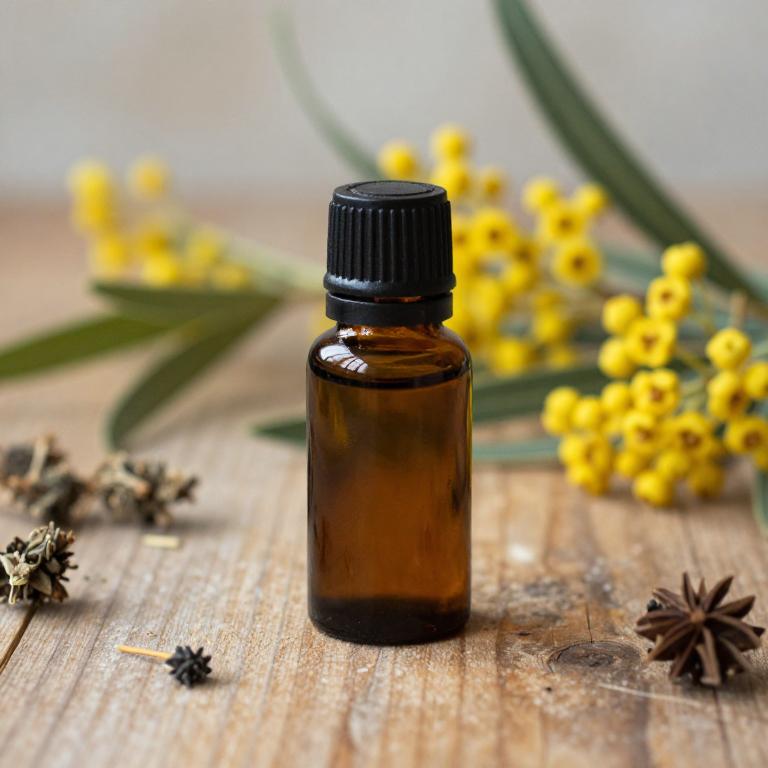
Melaleuca alternifolia, commonly known as tea tree oil, is a popular essential oil derived from the leaves of the Melaleuca alternifolia plant, native to Australia.
It is widely recognized for its potent antifungal, antibacterial, and anti-inflammatory properties, making it a valuable natural remedy for various skin conditions, including nail fungus. When applied topically, tea tree oil can help reduce the growth of fungi that cause onychomycosis, the medical term for nail fungus. To use it effectively, it is often diluted with a carrier oil to avoid skin irritation and enhance absorption.
While it may not completely eliminate nail fungus on its own, consistent use of tea tree oil can support the healing process and may be used as a complementary treatment alongside other antifungal therapies.
5. Thymus vulgaris
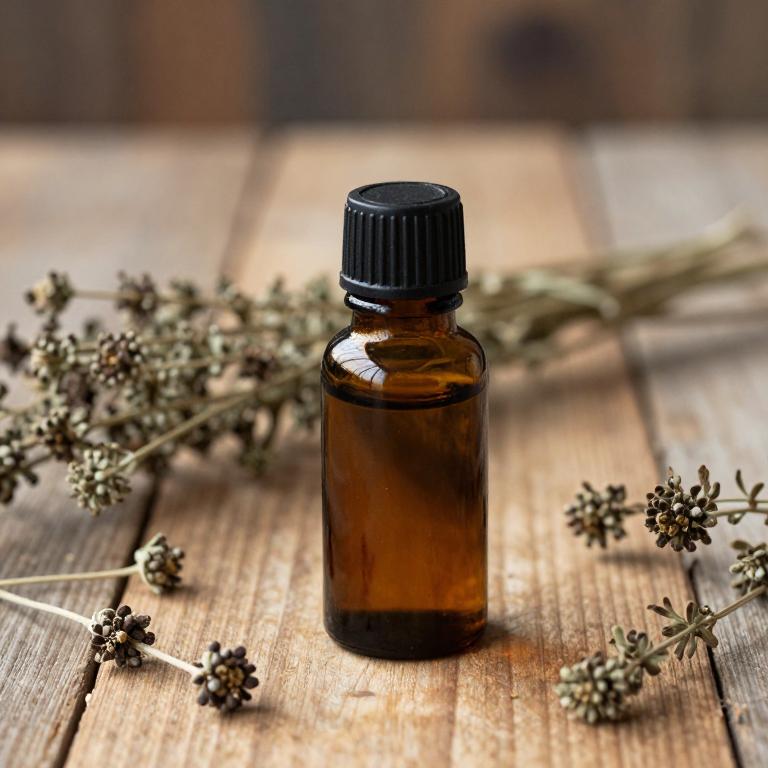
Thymus vulgaris, commonly known as thyme, is a popular herb whose essential oil is widely used for its potent antifungal properties.
The oil contains powerful compounds such as thymol and carvacrol, which have been shown to inhibit the growth of fungal organisms, including those that cause nail fungus. When applied topically, thyme essential oil can help reduce the symptoms of onychomycosis by targeting the fungi at the site of infection. However, it is important to dilute the essential oil with a carrier oil to prevent skin irritation and ensure safe use.
Many natural health practitioners recommend thyme essential oil as a complementary treatment alongside conventional antifungal therapies for managing nail fungus.
6. Rosmarinus officinalis
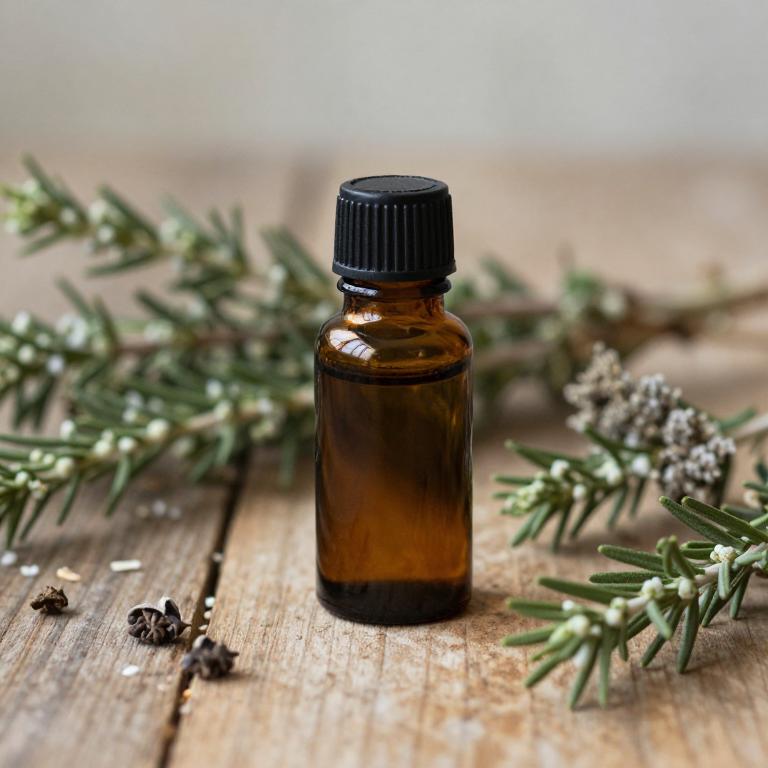
Rosmarinus officinalis, commonly known as rosemary, is a versatile herb whose essential oil has been traditionally used for its antimicrobial and antifungal properties.
The essential oil of rosemary contains compounds such as camphor, cineole, and rosmarinic acid, which exhibit natural antifungal activity, making it a promising alternative for treating nail fungus. When applied topically, rosemary essential oil may help inhibit the growth of fungi that cause onychomycosis, promoting healthier nail growth. However, it is important to dilute the essential oil with a carrier oil to avoid skin irritation and ensure safe usage.
While rosemary essential oil shows potential as a natural remedy, it should not replace professional medical treatment for severe cases of nail fungus.
7. Teucrium polium
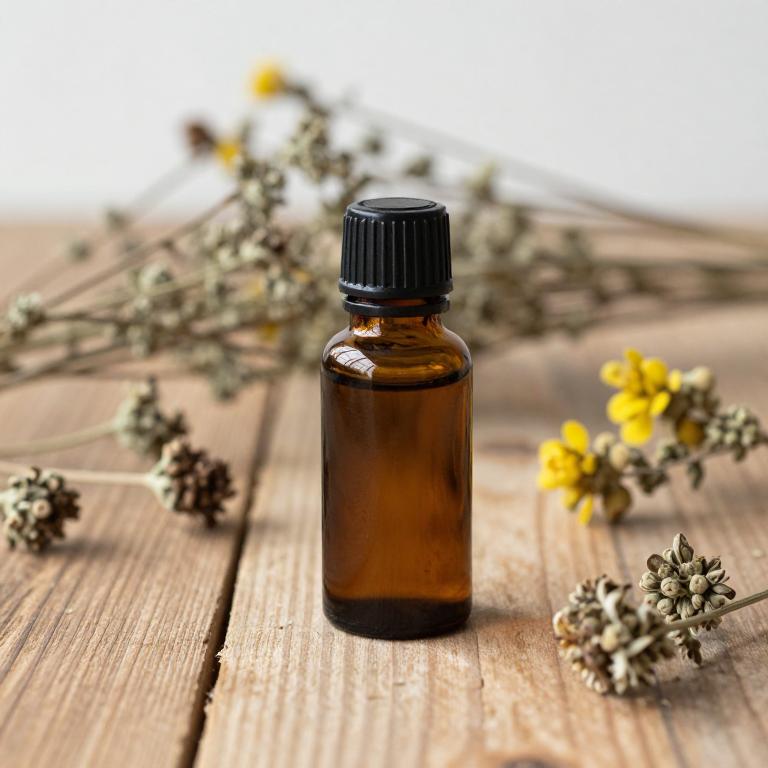
Teucrium polium, also known as boldo, is a medicinal plant that has been traditionally used for its antimicrobial and antifungal properties.
Its essential oils, extracted through steam distillation, contain compounds such as thymol and carvacrol, which are known for their ability to inhibit fungal growth. These oils have shown promise in treating nail fungus due to their potent antifungal activity against common pathogens like Trichophyton and Candida species. When applied topically, the essential oils can help reduce fungal infections by disrupting the cell membranes of the fungi.
However, it is important to dilute the oils properly and consult a healthcare professional before use to avoid skin irritation or allergic reactions.
8. Cinnamomum verum
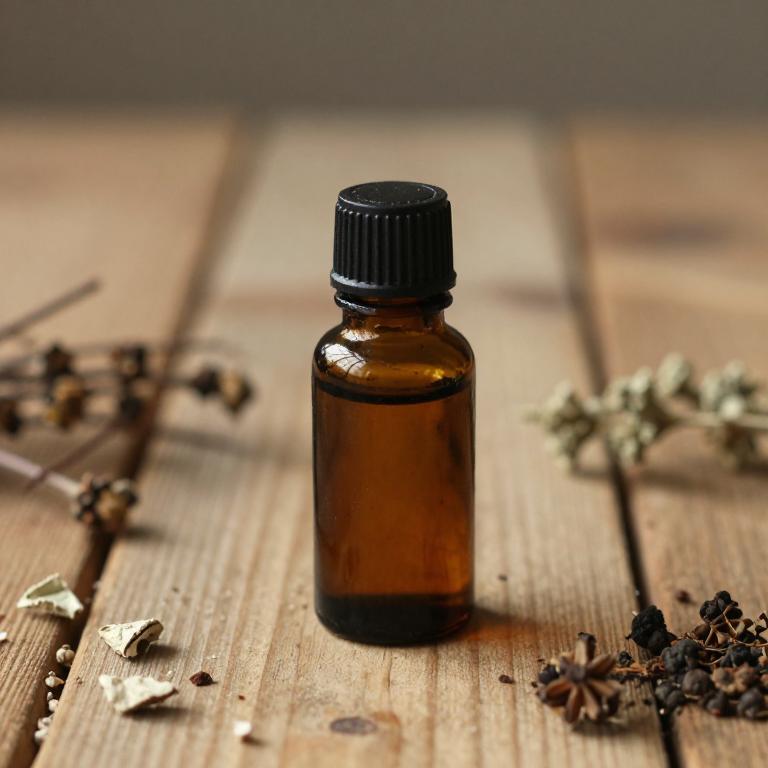
Cinnamomum verum, commonly known as true cinnamon, contains essential oils that have shown potential in the treatment of nail fungus due to their antifungal properties.
The primary active compounds, such as cinnamaldehyde and eugenol, exhibit antimicrobial effects that can inhibit the growth of fungal organisms like Trichophyton species. When diluted properly, cinnamon essential oil can be applied topically to affected nails as a natural alternative to conventional antifungal treatments. However, it is important to perform a patch test to avoid skin irritation and consult a healthcare professional before use, especially for those with sensitive skin or existing nail conditions.
While preliminary studies suggest its efficacy, more clinical research is needed to fully establish its role in treating nail fungus.
9. Teucrium marum
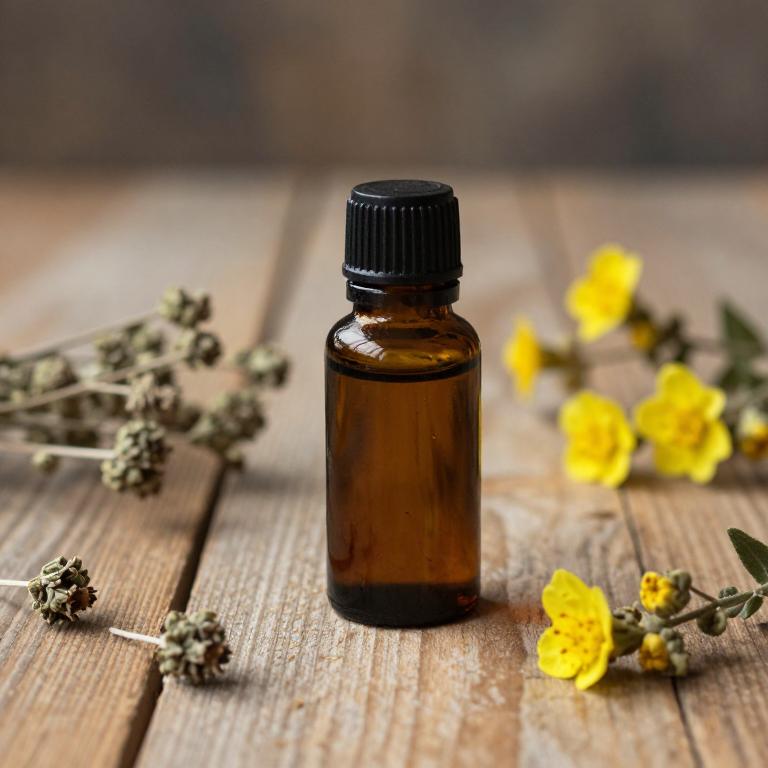
Teucrium marum, commonly known as germander, is a herb that contains essential oils with potential antifungal properties, making it a subject of interest in natural remedies for nail fungus.
The essential oils derived from Teucrium marum are believed to possess antimicrobial and antifungal compounds that may inhibit the growth of fungi responsible for nail infections. While some preliminary studies suggest its efficacy, more research is needed to confirm its effectiveness and safety for topical use on nails. These oils are often used in aromatherapy and may be incorporated into nail care products as a complementary treatment.
However, it is important to consult a healthcare professional before using Teucrium marum essential oils for nail fungus, as they should not replace conventional medical treatments.
10. Satureja hortensis
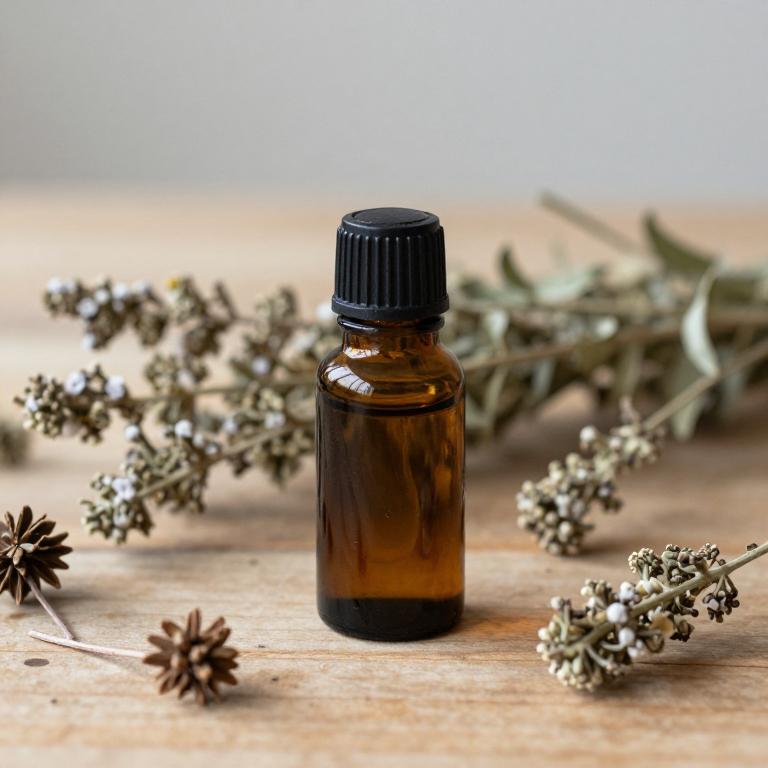
Satureja hortensis, commonly known as summer savory, is a herb known for its aromatic leaves and potential antimicrobial properties.
Its essential oil, derived through steam distillation, contains compounds such as thymol and carvacrol, which are known for their antifungal and antibacterial effects. These properties make satureja hortensis essential oil a promising natural remedy for nail fungus, as it can inhibit the growth of fungi that cause onychomycosis. When applied topically, the oil may help reduce fungal infections by disrupting the cell membranes of the pathogens.
However, it is important to dilute the essential oil with a carrier oil before use to prevent skin irritation and ensure safe application.